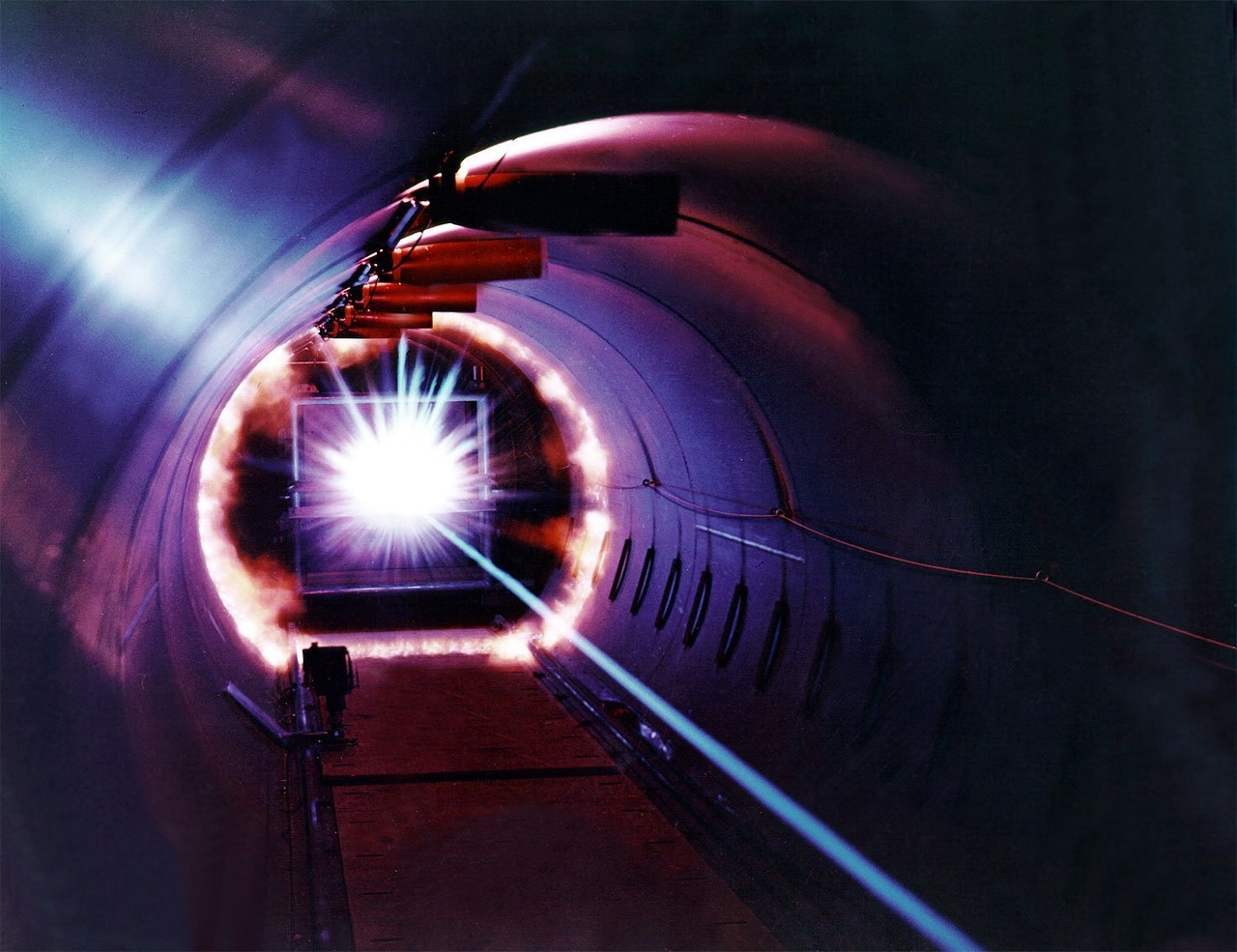Cosmic Rays, Giant Microscopes and the Works of Van Gogh: A Visit to the Rutherford Appleton Laboratory
If you were to visit the Rutherford Appleton Laboratory, the first thing you would note would be its scale. Incongruous amid the rolling fields of Oxfordshire, the complex is comprised of a maze of wide, straight roads bounded by imposing, numbered buildings, of which the most impressive is the large disc-shaped Diamond Light Source. Under this roof, particles are accelerated to nearly the speed of light. Despite its low public profile, much of the UK’s most ground-breaking scientific research takes place here.
On 18th May 2003, in Schaerbeek, Belgium, an election was held. As the results began to be announced, however, a problem emerged. Not only did they constitute a sharp departure from the municipality’s historical voting pattern, but the number of votes cast for one candidate in particular exceeded the number of registered voters. A prompt investigation followed, and after subsequent analyses it was concluded that the peculiar error had most likely been caused by cosmic rays. These showers of subatomic particles produced when high energy particles from space collide with the Earth’s atmosphere had affected the silicone in the vote-counting machine. Whilst the inaccuracy of the vote count in Schaerbeek was easy to recognise and as such the episode resulted in no harm, cosmic rays threatens to pose a more serious problem as digital technology becomes ever more ubiquitous. Among other things, they can inhibit machine identification in self-driving cars, and disrupt aeroplanes and power grids. As such, the study of the effects of cosmic rays on technology has become essential.
Mimicry of cosmic rays is one of the many, and by no means the most important, functions performed by the ISIS Neutron and Muon Source within the Rutherford Appleton Laboratory.
Neutrons (subatomic particles with a neutral charge) when separated from their original atoms and fired at those of a sample material, are able to penetrate these atoms whilst deflecting only from their nuclei. This deflection causes the neutrons to scatter onto the detector surrounding a sample in a unique pattern, and from this it is possible to decipher the material’s structural composition. Similarly, a careful examination of the patterns of decay of muons allowing their capture within a substance is also able to provide more information on the structural make-up of a sample. Employing these methods, researchers have contributed to fields as diverse as archaeology, nutrition, engineering, palaeontology, nanotechnology, and medicine; in particular this process has been used to refine HIV medicines. Shifting our attention beyond the direct confines of this planet, research which seeks to aid dark matter experiments is also underway at the facility.
In leaving the ISIS Neutron and Muon Source, crossing the bridge and continuing a short way down the road, you would arrive at the aforementioned Diamond Light Source. Over half a kilometre in circumference and with its magnitude even more striking on the inside, the synchrotron facility has been compared to a ‘giant microscope’, its purpose being to study the molecular composition of objects through the production of light. This is done by accelerating electrons to point at which they could circle the world seven and a half times in a second, then sending them around a circuit spanning the circumference of the building through the use of magnets. As their trajectory is bent due to the magnets, the electrons lose speed and give off light ten billion times brighter than the sun, which are then channelled to laboratories in beams the fraction of the width of a human hair.
These great bursts of light have been used to examine the structures of materials ranging from Van Gogh portraits to cancer and COVID-19 cells in incredible detail, with the Diamond Light Source kick starting the development of the UK’s COVID-19 vaccine in 2020.
The Rutherford Appleton Laboratory has come a long way since it was founded as the Rutherford High Energy Laboratory in 1957. Its remit goes far beyond accelerator research, with it being notably involved in, among other things, over 210 space missions, alongside conducting laser-based research, which supports the development of renewable energy. It is true that its particle accelerators are overshadowed by the Large Hadron Collider in Switzerland, which is more powerful and with which the laboratory collaborates on a number of projects. However, the importance of the Rutherford Appleton Laboratory should not be understated. Without its versatile facilities, it would not be possible for such great strides to be taken so quickly in the treatment of the most prevalent and devastating illnesses in our society. What’s more, it is thanks to the keenness of the staff at the facility to work alongside archaeologists and art historians that we have been able to attain invaluable glimpses into where we came from, and as such, who we are.

Comments